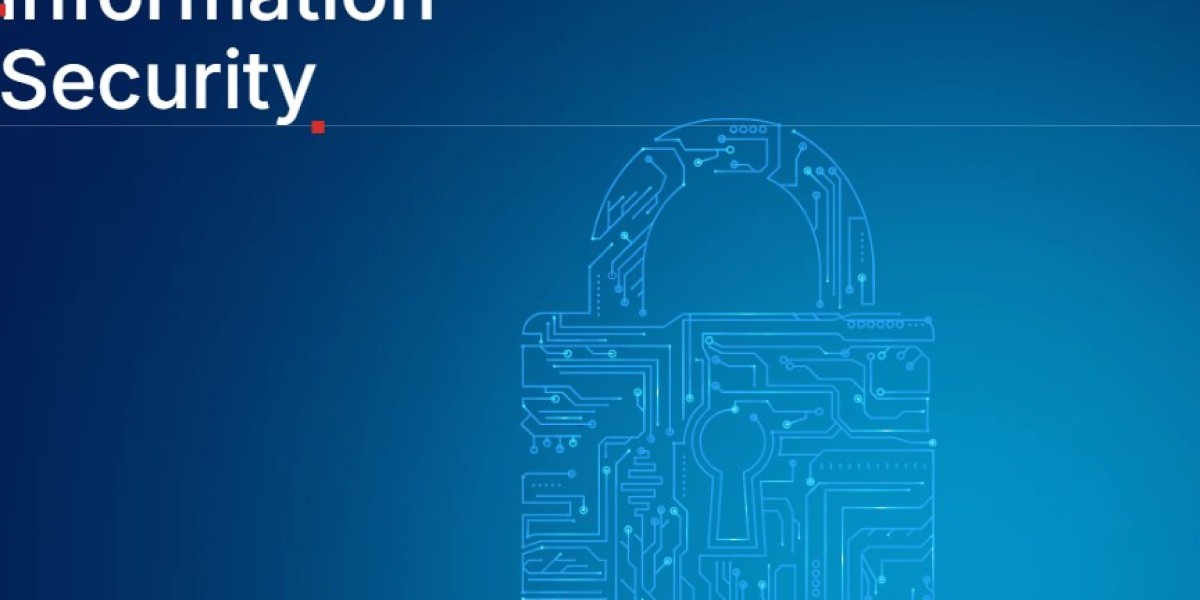Introduction
Enterprises continue to invest heavily in new hardware, expecting improved performance and operational stability. Yet 2026 makes one reality unmistakably clear. Sustainable digital growth depends less on the machines themselves and more on the intelligence, orchestration, and governance behind them. This shift elevates IT infrastructure management as a strategic pillar, creating a foundation where technology decisions support long term resilience, scalability, and security. While hardware offers capability, effective management gives that capability purpose and direction.
Modern IT leaders now confront environments shaped by hybrid cloud, complex integrations, AI driven workloads, global expansion, and stricter risk expectations. In these environments, strong IT infrastructure management ensures the full ecosystem works as a unified operational layer. Hardware remains important, but without the right management practices, its potential stays underutilized. This distinction becomes essential for companies navigating digital transformation in 2026.
The Changing Value Equation for Enterprise Technology
Enterprises once depended on hardware upgrades to solve performance gaps. Today, that approach is limited. Digital operations no longer rely on isolated systems but interconnected environments that require coordination across cloud, data layers, networks, applications, and security. IT infrastructure management supports these complex ecosystems with policies, automation, and governance that align technology with business outcomes.
Buying more servers or storage cannot deliver agility if infrastructure remains fragmented. Investing in advanced networking cannot guarantee uptime if monitoring and response mechanisms are weak. Hardware delivers capacity, but management ensures continuity, risk reduction, cost optimization, and long term scalability. For large enterprises, this difference influences strategic readiness.
Why Management Matters More Than Hardware in 2026
1. Infrastructure Complexity Is Growing Faster Than Hardware Can Support
Organizations operate hybrid or multi cloud environments where workloads shift continuously. Hardware alone cannot support this dynamic model. IT infrastructure management provides the visibility, automation, and centralized control required to stabilize diverse systems. Instead of adding more equipment, enterprises gain efficiency by managing what already exists more intelligently.
2. Risk and Compliance Requirements Demand Active Oversight
Regulatory requirements rise across industries such as finance, healthcare, software, and public services. Hardware does not ensure compliance. Policy enforcement, configuration management, and continuous monitoring come from strong IT infrastructure management practices. This is especially critical for enterprises managing sensitive data across distributed environments.
3. AI Workloads Require Predictable, Well Managed Systems
AI driven systems rely on high performance environments, but they also require orchestrated resource allocation, stable data flows, and secure execution paths. IT infrastructure management ensures these conditions remain consistent. A company can purchase powerful hardware, but without strategic management, the hardware will face bottlenecks, inefficiencies, or security vulnerabilities.
4. Operational Continuity Depends on Proactive Management, Not Equipment Volume
Enterprises face new expectations for uptime and resilience. Automated monitoring, predictive fault detection, backup governance, and load balancing are management functions that maintain continuity. Hardware only helps when it is supported by the right controls.
5. IT Cost Optimization Comes From Smarter Management, Not Bigger Purchases
IT budgets continue to increase as digital dependencies expand. However, organizations now focus on lowering operational waste. Through strong IT infrastructure management, enterprises optimize utilization levels, avoid unnecessary hardware purchases, and enhance lifecycle efficiency.
Key Benefits of Prioritizing IT Infrastructure Management
Below are essential advantages for enterprises aiming for long term digital health.
Better system reliability with proactive monitoring and early incident detection
Improved scalability through unified control across hybrid environments
Enhanced security posture using standardized configurations and continuous oversight
Optimized cloud spending through resource alignment and usage governance
Stronger operational resilience through automated failovers and recovery planning
Better lifecycle performance by maintaining existing assets instead of replacing them prematurely
Each of these outcomes supports enterprise growth more effectively than hardware investments alone.
Why Enterprises Are Rebalancing Their Technology Strategies
Large tech driven organizations recognize that digital maturity requires disciplined infrastructure operations. Hardware upgrades deliver incremental improvement, while strong IT infrastructure management delivers transformational improvement. Strategically, enterprises benefit from environments that focus on continuity, intelligence, automation, and governance.
This realignment also reflects expectations for global operations. Distributed teams, remote work models, and borderless digital ecosystems increase reliance on centralized management capabilities. Enterprises no longer measure strength by the number of servers but by how efficiently those servers support business outcomes.
How IT Infrastructure Management Supports Digital Transformation
Digital transformation succeeds when systems remain stable, scalable, and adaptable. IT infrastructure management supports this by aligning technology operations with real business goals. It creates an environment where new applications deploy faster, modern architectures integrate smoothly, and innovation cycles remain uninterrupted.
Enterprises embracing transformation in 2026 understand that modernization requires more than buying new tools. It requires consistent management that ensures every component works together harmoniously. This approach helps reduce risk, accelerate change, and support higher service quality for internal teams and end users.
Conclusion
IT infrastructure management becomes a strategic advantage for enterprises in 2026. Hardware offers potential, but management unlocks its true value by coordinating systems, automating oversight, and aligning operations with long term digital goals. Organizations that prioritize management over continuous hardware spending achieve greater stability, security, and cost efficiency.
Future Focus Infotech(FFI) delivers forward thinking digital solutions to fuel business transformation effectively. Our expertise enables organisations to drive change, fostering growth and efficiency in an ever evolving digital landscape. This makes the path to finding the right digital solution more informed, more strategic, and more aligned with the needs of modern enterprises.
FAQs:
What is IT infrastructure management?
It is the practice of controlling, optimizing, securing, and monitoring all components of an enterprise technology ecosystem, including networks, cloud environments, servers, storage, and applications.
Why is IT infrastructure management more important than hardware?
Management influences operational reliability, security, scalability, and long term efficiency, which hardware cannot deliver alone.
Does IT infrastructure management reduce IT costs?
Yes. It minimizes resource waste, delays unnecessary upgrades, and boosts lifecycle performance.
How does it support AI and cloud workloads?
By ensuring stable resource allocation, predictable performance, and secure data flows across distributed environments.
Is it relevant for large enterprises?
Yes. The more complex the infrastructure, the more critical structured management becomes.







